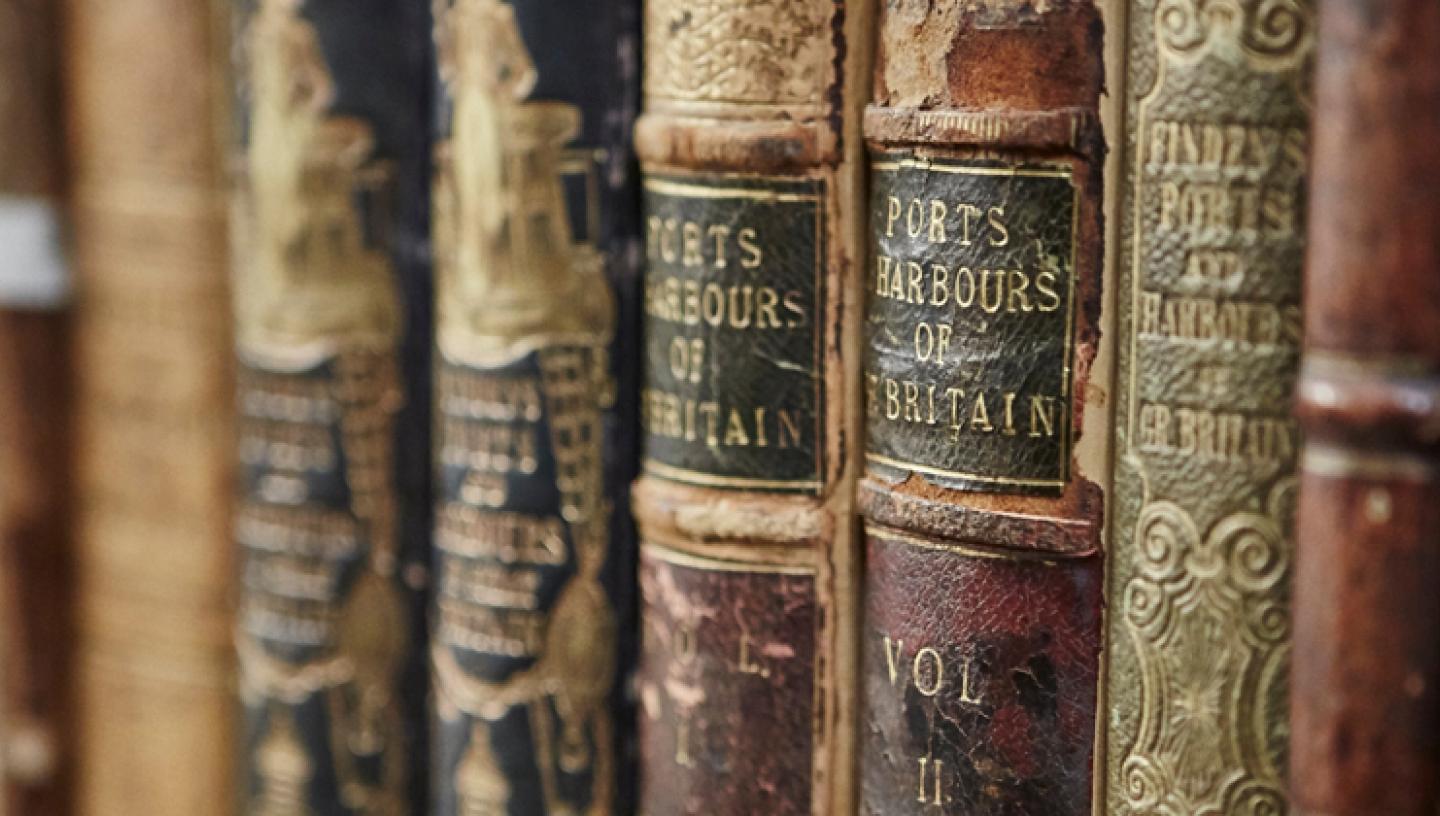
Pirates have been a familiar hazard at sea for centuries, from the Phoenicians and Vikings who regarded piracy as normal practice, to the end of the 17th and early-18th centuries, when piracy was at its peak around the West Indies and South America.
Privateers were privately owned vessels, armed with guns, operating in time of war. They were issued with letters of marque by the Admiralty, authorising them to capture merchant vessels without being prosecuted for piracy.
The National Maritime Museum Library contains over 600 volumes, pamphlets and papers relating to piracy. Much of the collection was bequeathed to the museum in 1939 by Dr Philip Gosse.
Bibliography
Cordingly, D, Pirates An illustrated history of privateers, buccaneers and pirates from the sixteenth century to the present (Salamander 1996) 341.362.1 A15/19"
Cordingly, D & Falconer, J, Pirates Fact and Fiction (Collins and Brown 1992) 341.362.1
Earle, P, Corsairs of Malta and Barbary (Sidgwick and Jackson 1970) 341.362.1(458.264)
Exquemelin, A.O, The buccaneers of America: a true account of the most remarkable assaults committed (London, various editions) 341.362.1(729)
Gosse, P, The pirate's who's who giving particulars of their lives and deaths (London 1924) 341.362.1
Hill, R, The prizes of war: navy prize law and the Napoleonic Wars 1793–1815 (Sutton 1998) 341.362.12(42) A1793/1815"
Powell, J W D, Bristol privateers and ships of war (Bristol 1930) 341.362.1 (424.1)
Stanley, J, Bold in Breeches: women pirates across the ages (Pandora 1995) 656.61.071.22-055.2
Starkey, D, Pirates and privateers: new perspectives on the war on trade in the eighteenth and nineteenth centuries (University of Exeter 1997) 341.362.1 A17/18"
Williams, G, History of the Liverpool privateers and letters of marque with an account of the Liverpool slave trade (Heineman 1897) 341.362.1(427.2)
Winston, A, Pirates and privateers (Arrow 1972) 341.362.1
Manuscripts
The Museum collection illustrates piracy from the 17th to 19th centuries. It includes:
A journal of the voyage of Captain Bartholomew Sharp in the Mayflower, 1660–1662, kept by his second-in-command, John Cox. During this voyage in the Pacific Captain Sharp captured a Spanish derrotero and the navigational information in it was used in the atlases of William Hack (1656?–1708).
Two letters from Sir Thomas Lynch (1603–?1684), Governor of Jamaica, give many details about measures to suppress piracy. The first, written to Sir Leoline Jenkins (1623–1683), Secretary of State, in 1683 relates principally to the interruption by privateers of the sugar trade of the West Indies. The second, written 1683, to the Secretary of State for Northern Affairs, Lord Sunderland (1640–1702) gives an account of the attack, led by Vanhorne (d.1683) on Vera Cruz.
Papers about maritime law relating to pirates, c.1730.
Documents, probably from the papers of Sir Evan Nepean, Governor of Bombay, 1812-1819, about proceedings against piracy in the Persian Gulf, 1817–1819.
Among personal collections are papers of Rear Admiral Charles John Austen, 1779–1852 (brother of Jane Austen). He was engaged in the suppression of piracy in the Aegean from 1815–1816, when his ship, the Phoenix, was lost in a heavy gale off Smyrna.
Paintings, prints and drawings
The collection contains many images relating to piracy and privateering. Photographic copies can be purchased from the Museum's Picture Library.
Next steps
For general research help see:
Research guide A2: Principal records for maritime research at the National Maritime Museum
Research guide A3: Tracing family history from maritime records
Although care has been taken in preparing the information contained in this document, anyone using it shall be deemed to indemnify the National Maritime Museum from any and all injury or damage arising from such use.